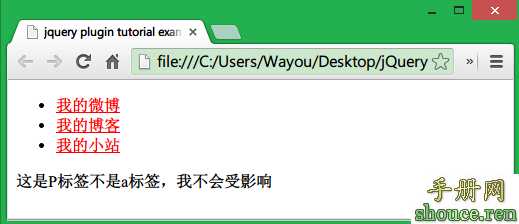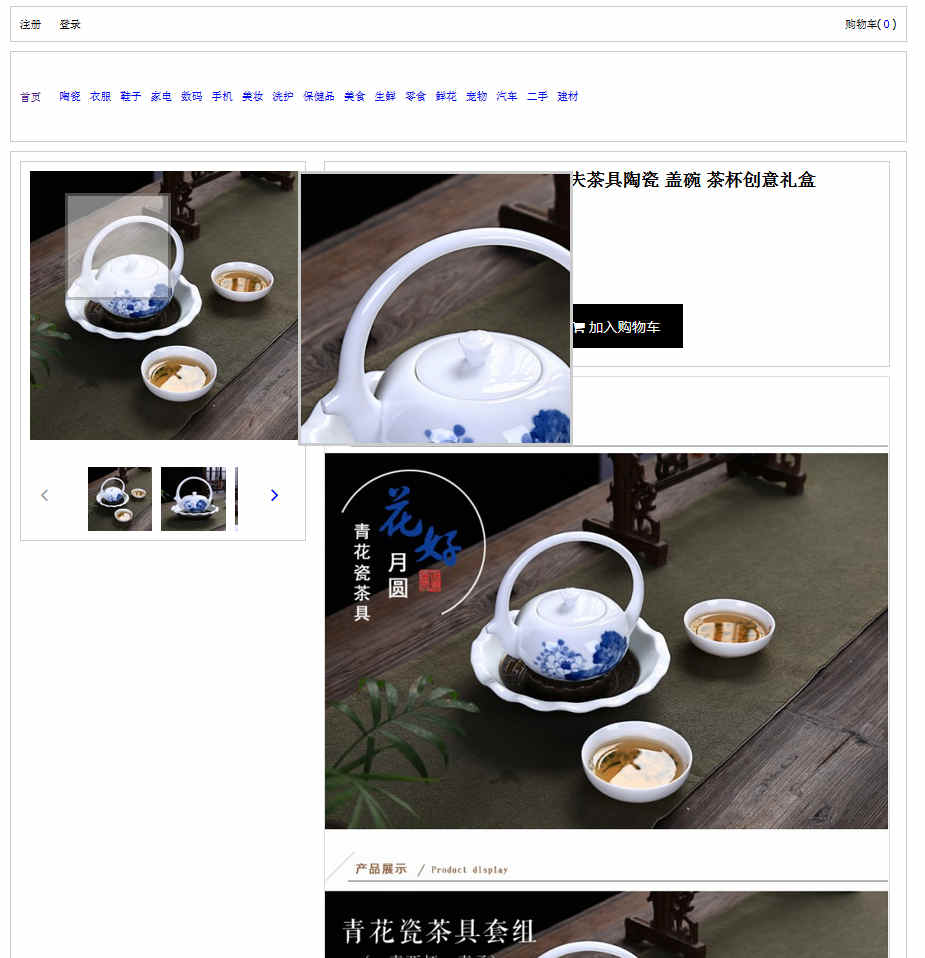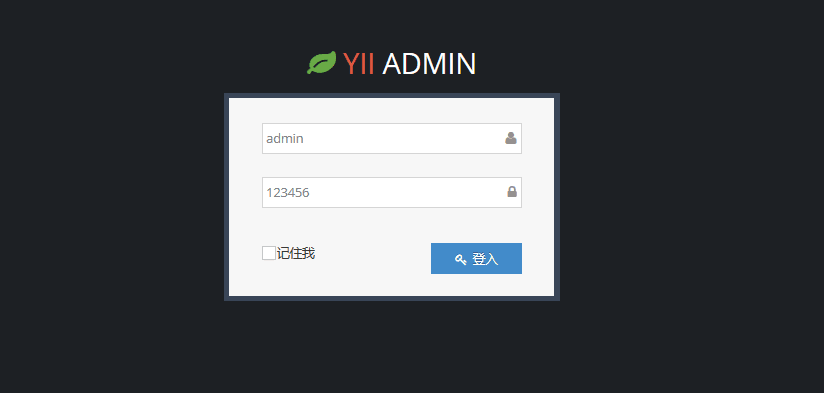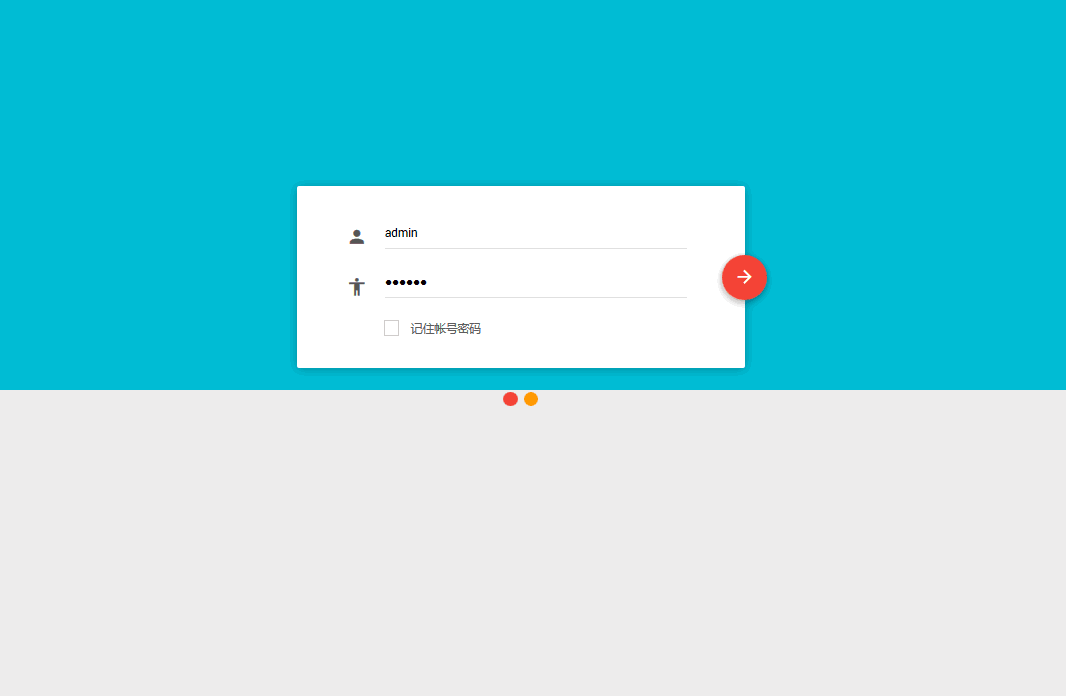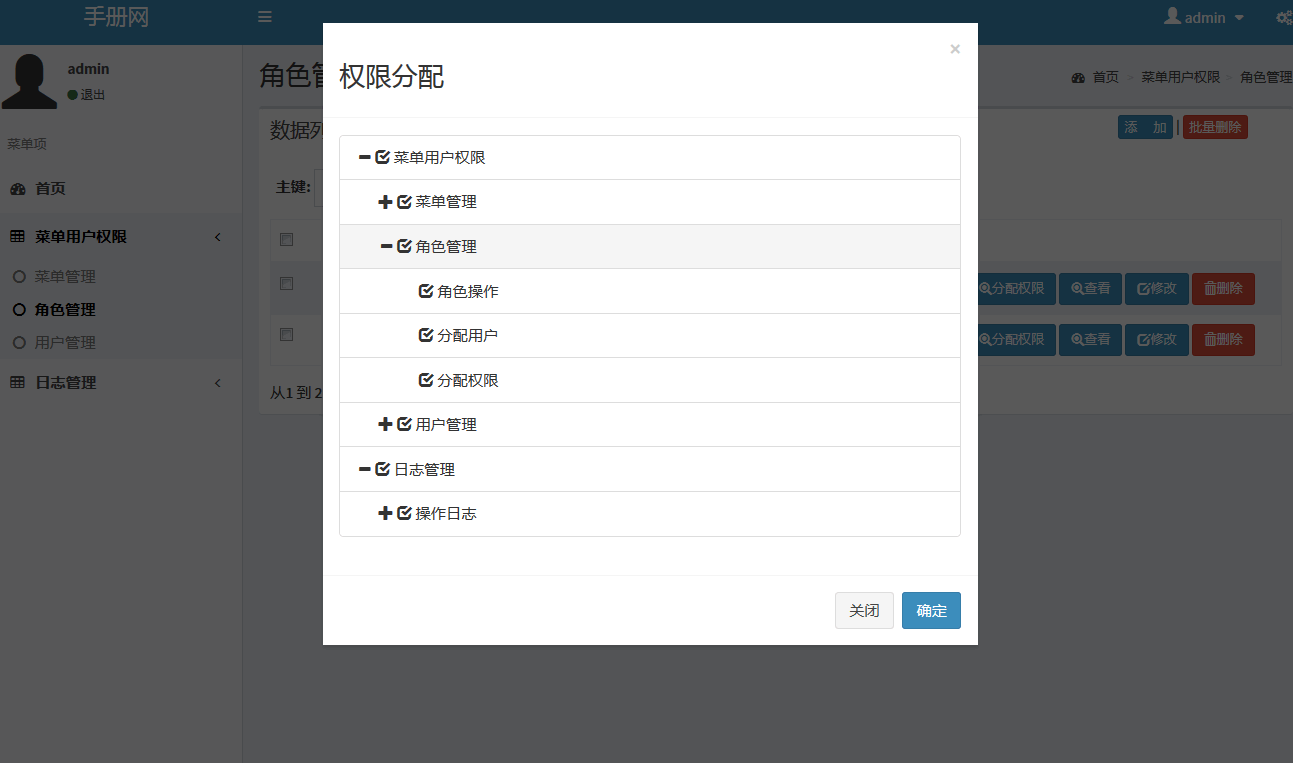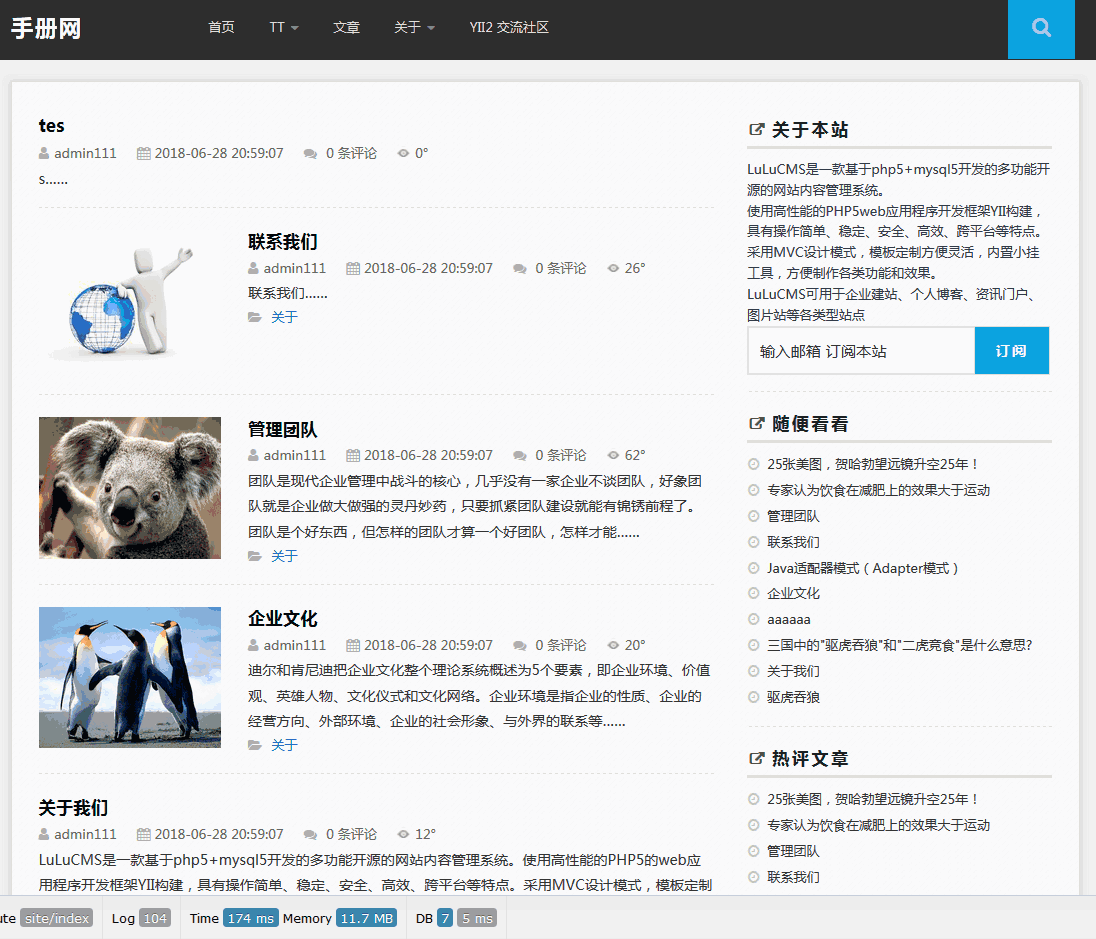Scala Specs2 测试入门教程(5): Fragments API 简介
jerry Scala 2015年11月25日
收藏
前面的例子
import org.specs2._
class HelloWorldAcceptanceSpec extends Specification { def is = s2"""
This is a specification to check the 'Hello world' string
The 'Hello world' string should
contain 11 characters $e1
start with 'Hello' $e2
end with 'world' $e3
"""
def e1 = "Hello world" must have size(11)
def e2 = "Hello world" must startWith("Hello")
def e3 = "Hello world" must endWith("world")
}
实际上是使用Fragment API,我们使用Fragment API重写什么例子,它是一系列Fragment对象通过^运算符连接而成:
import org.specs2._
class HelloWorldAcceptanceSpec extends Specification { def is =
"This is a specification to check the 'Hello world' string" ^
"The 'Hello world' string should" ^
"contain 11 characters" ! e1 ^
"start with 'Hello'" ! e2 ^
"end with 'world'" ! e3
def e1 = "Hello world" must have size(11)
def e2 = "Hello world" must startWith("Hello")
def e3 = "Hello world" must endWith("world")
}
其中的Example对象的格式为 ?description? ! body. body返回一个Result对象,当你直接使用Fragment API使用^运算符构建Text和Example对象时有些规则需要注意,这些规则影响到结果的显示格式。
规则
spec2的结果显示的布局缺省情况是自动完成,其显示和源码显示类似。
其显示规则如下:
- 当一个Example跟在一个Text对象后面,它缩进显示。
- 两个连续的Example对象,缩进层次相同。
- 但一个Text对象跟在一个Example对象后面时,意味着你想显示一个“辅助文字(子文字)”,因此这个Text对象缩进一级。




